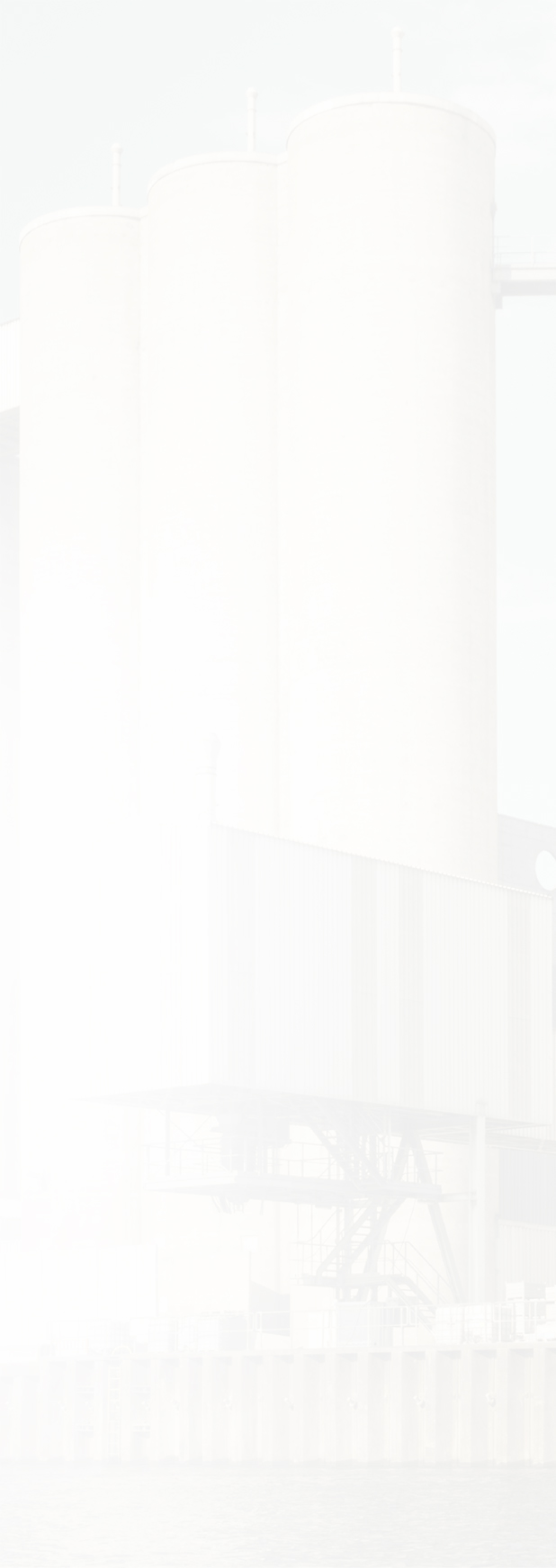
31
January
Uploaded by
The key distinction between hot-rolled and cold-rolled steel lies in their processing methods. Hot-rolled steel is formed at high temperatures, whereas cold-rolled steel starts as hot-rolled steel but undergoes additional processing through cold reduction. This process involves cooling the material, followed by annealing and/or temper rolling. Both hot-rolled and cold-rolled steel are available in various grades and specifications. Knowing these differences can help you choose the most suitable type for your specific requirements.
While these processes impact the steel's performance and applications, they are not related to the formal specifications and grades of steel, which are determined by metallurgical composition and performance ratings. Both hot rolled and cold rolled steel can be made from various grades, including basic carbon steels and other alloy steels.
Hot rolling is a process where steel is rolled at high temperatures, typically above 1700˚F. These temperatures exceed the steel’s recrystallization point, allowing for easy shaping and forming into larger sizes. However, as the steel cools, it shrinks non-uniformly, leading to less precise control over the size and shape compared to cold-rolled steel.
Hot rolled steel often features a scaly surface finish, which can be removed through pickling, grinding, or sandblasting. It is essentially normalized, meaning it is free from internal stresses caused by quenching or work-hardening. Key properties include:
- Slightly rounded edges and corners in plate products due to shrinkage and less precise finishing
- Minor distortions in the final product
- High malleability, making it suitable for shaping into various forms
- Increased ductility and toughness
Hot rolled steel is generally more cost-effective than cold rolled steel, as its production involves fewer delays and eliminates the need for reheating. Additionally, it cools at room temperature, which normalizes the steel and removes internal stresses typically caused by quenching or work-hardening processes.
Hot rolled steel is ideal for uses where precise shapes and tight tolerances are not critical. Its affordability and durability make it suitable for:
- Structural components such as railroad tracks, I-beams, and sheet metal
- Agricultural equipment
- Metal buildings
- Stampings
- Automotive frames
Cold rolled steel starts as hot rolled steel that undergoes further processing, including cooling at room temperature followed by annealing or temper rolling. This process achieves tighter dimensional tolerances and offers a broader range of surface finishes compared to hot rolling. Additionally, cold rolling increases the steel's strength by up to 20% through strain hardening.
- Breakdown
- Semi-Finishing
- Sizing
- Semi-Roughing
- Roughing
- Finishing
Cold rolled steel produces a product with a smoother, more refined surface and tighter tolerances. It is also harder and stronger than hot rolled steel, benefiting from work hardening, which enhances its hardness, resistance to tension, and resistance to deformation. Additionally, it provides a more aesthetically pleasing finish and a broader selection of surface finishes.
Cold rolled steel is ideal for applications requiring precise tolerances, smooth surface conditions, concentricity, and straightness, as well as those demanding an aesthetically appealing surface. Typical uses include:
- Home Appliances
- Metal Furniture
- Aerospace Structural Components
- Automotive Parts
PRODUCTS
As a global steel supplier, TIANJIN MUCHANG offers a wide range of steel products for all your needs.